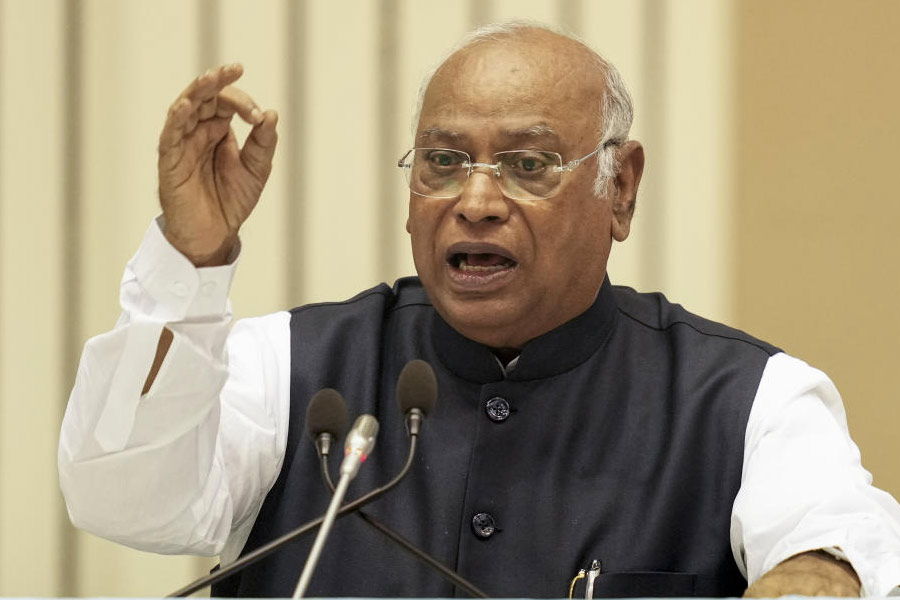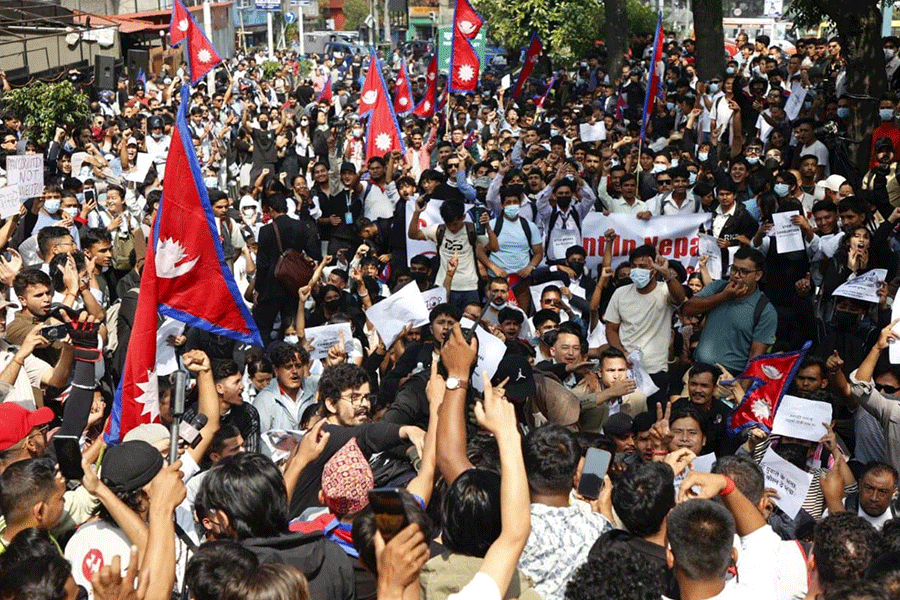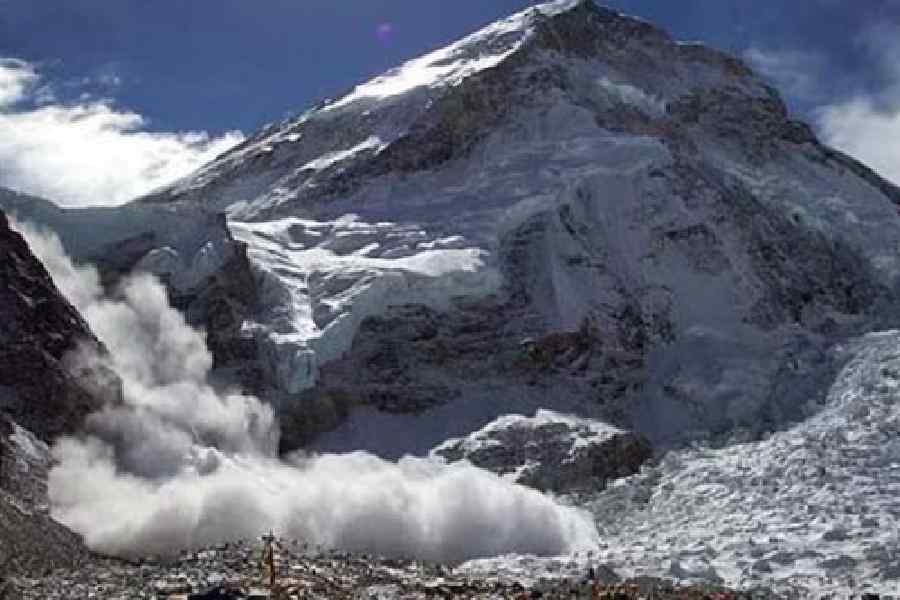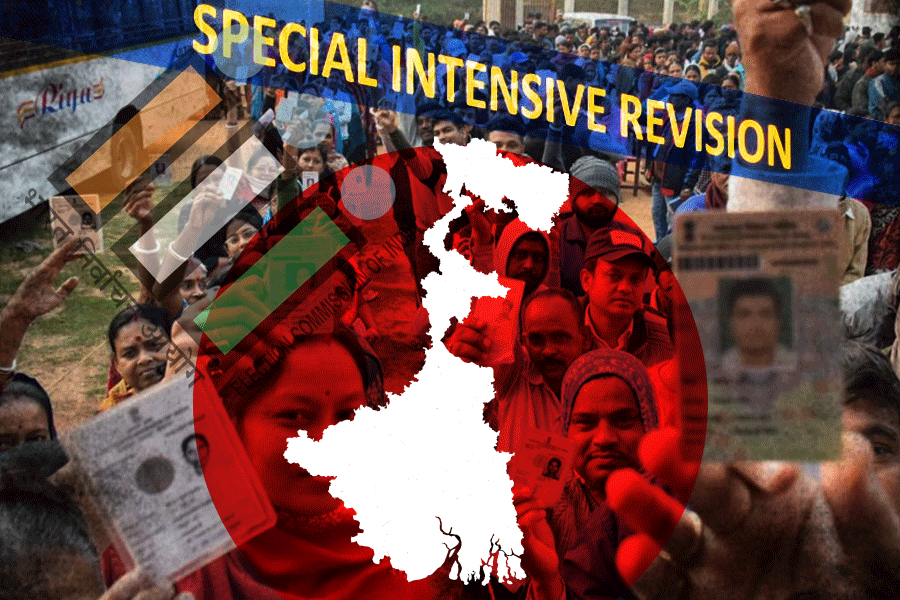In Sarojini Nagar market, the man who sells kitchenware has two framed pictures on the walls. The first is a calendar picture of Bharat Mata — garish, her head taking the place of Kashmir, her sari wrapping around the country. Instead of Ma Durga’s features, she has Sridevi's head. The second is a faded blue-and-sepia portrait of Mahatma Gandhi which bears the legend, “Bapu: Father of the Nation.”
Hanging side by side, they form an oddly familial pair: the mother and father of the nation. It was once the fashion in government offices to display photographs of one or the other.
As the controversy over Veer Savarkar and his place in India’s history grows, you’d have to be blind to miss the strange relationship in India between gender and country. In private speech, people go back to their “desh”, to their “native place”; they speak of their “homeland” or the “nation” or simply, of the “country”. When we’re occupying a public platform, we speak of Bharat Mata and of Mother India (increasingly less of the latter, though); we make emotional references to the motherland — and to the fatherland.
I never identified with either term. Bharat Mata conjured up images drawn from calendar art: a smiling woman, always in a sari, her face somewhere between divine goddess and film star divinity. References to Bharat Mata surfaced around the 1870s, but it was Bankimchandra’s Ananda Math that conflated the images of the mother, the mother-goddess and the motherland.
Urvashi Butalia writes: “Throughout the freedom movement in India, nationalists portrayed the country in feminine terms. India was ‘the motherland’. When Pakistan was carved out of its territory, it was as if the body of the mother had been violated”. The motherland, whose portrayal often reminded me of Shelley’s legless angels, shared this with Indian women: she was vulnerable to violence.
Savarkar’s fatherland was sterner, harsher, unforgiving of outsiders. Being born in the fatherland was not enough to earn a place under the father’s sheltering hand: “Ye, who by race, by blood, by culture, by nationality possess almost all the essentials of Hindutva and had been forcibly snatched out of our ancestral home by the hand of violence — ye, have only to render wholehearted love to our common Mother and recognise her not only as Fatherland (Pitribhu) but even as a Holyland (Punyabhu); and ye would be most welcome to the Hindu fold.”
The speed with which the mother-figure of the nation switched to the father-figure is interesting, but it was not the first time that Savarkar identified nation and government with masculine ideas of power. “Where else can the prodigal son return except to the parental doors of government,” he wrote in a 1913 letter to the British authorities while he was in jail.
Do we need these stereotypes? Is it necessary to make a choice between the strong but vulnerable and desexed figure of the mother, or the forbidding, excluding father? Somewhere away from the rhetoric of motherland and fatherland, of Bharat Mata and fathers of the nation, there must be room for a homeland open to all.











